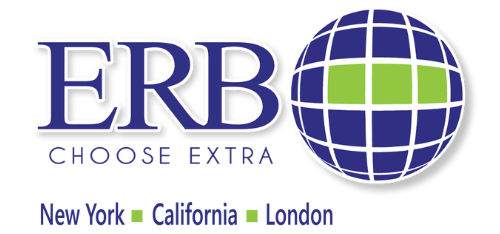Since April 2020 business in the USA has enjoyed the governmental Paycheck Protection Program (PPP) which was called to provide sufficient response to the challenges posed by the spread of the Covid-19 pandemic. The PPP loan promises financial assistance to small companies and non-profit organizations who strive to retain their employees in the face of general labor force loss.
Let's Talk
General Alterations
Due to its general success and demand, in December 2022, the Small Business Administration (SBA) introduced a simplified application form 3508S for PPP loans. It significantly reduced the scope of forgiveness documentation concerning the PPP loans of less than $150,000. Similarly, the new form required fewer calculations and fewer supporting evidence. Borrowers have to list the details on the PPP loan sum, the number of employees, and the estimated amount spent on payroll expenses.
The form also requires them to attest that they complied with PPP requirements and that the provided information is accurate.
In addition to the aforesaid simplified form SBA also provided some revisioned key points concerning loan forgiveness. These points included the following:
- New Covered Periods of 8 and 24 weeks are available for borrowers who can align them with their payroll schedules.
- New improved guidelines take into account the complicated situation in which the borrowers found themselves and allow them to include eligible payroll and non-payroll expenses that were paid during the Covered Period. The same is possible to be done even if payment was not actually made during that time frame.
- The revised owner compensation rule implies the abandoning of capped compensation for owners who work 2.5 months` worth of compensation. Thus, as long as the total cash compensation of the owner does not exceed $20,833 per loan period, the cap may stay removed.
The Application Process
The application process is quite straightforward. To apply for forgiveness, borrowers have to submit Form 3508/3508S to the PPP lender together with the corresponding documentation. In the case of Form 3508, except for the payroll documentation, additional non-payroll expenses indication is usually required. This documentation is called to show that the business had all the necessary qualifying expenses and paid them during the Covered Period as defined on their loan application.
Respectively it is required that borrowers apply for loan forgiveness 10 months after the end of the Covered Period. When all necessary files and forms are submitted, lenders will have 60 days to review them and to decide upon forgiveness amount approval before SBA purchases the forgiven loan. Any loan amounts not forgiven will further be repaid by the borrower himself under the PPP terms.
Since PPP programs are aimed at helping small businesses stay afloat, the respective loan forgiveness provision is called to support employers who strive to maintain payroll, hire and retain a sufficient number of qualified employees, and restore wage levels back. Under such circumstances, the aforesaid recent changes reflect the kin desire of the government to alleviate borrower requirements making more businesses vital and profitable despite the particular difficulties they may face today.
Yet, the process of PPP loan forgiveness application may be time-consuming and hectic. As a full-service accounting company, ERB does its best to help our clients navigate through the sophisticated documentation demands.
We assist in completing the application process including filling out the required forms, our understanding of allowable expenses and documentation requirements, and necessary payroll records, bank statements, and other documents to support the client’s forgiveness amount.
Our team of professionals can advise you on how to maximize forgiveness, based on the updated 60/40 cost allocation rule between payroll and non-payroll costs.
As trusted business advisors, we will advise if staff and wage reductions that took place during the Covered Period may affect forgiveness eligibility. Our goal is to ensure any reductions comply with the updated guidelines limiting loan forgiveness. Finally, our expertise will allow the identification of any problematic points related to owner-employee compensation, capped compensation levels, and other intricacies that can impact loan forgiveness.
